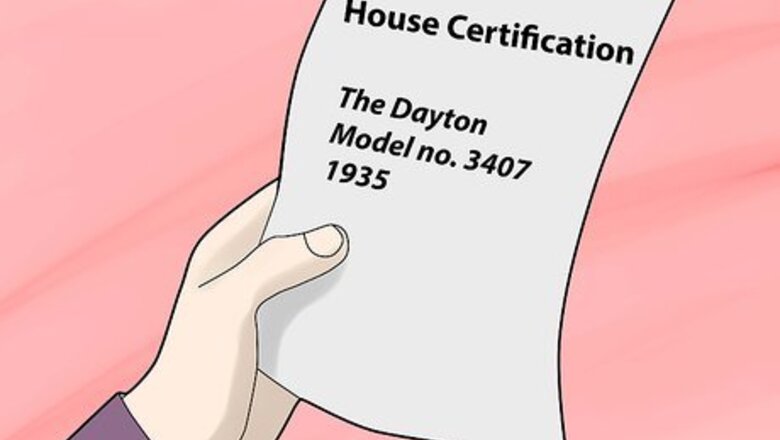
views
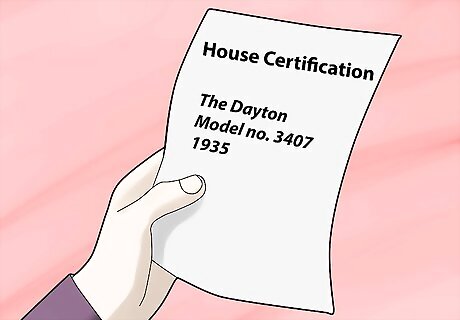
Verify the construction date. If the home was built between 1908 - 1940, it could be a Sears Home.
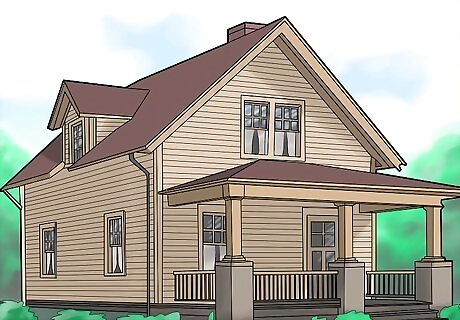
Check the home's floor plan, footprint (exterior dimensions) and room size, using a field guide to Sears Homes, such as "Finding The Houses That Sears Built" (2004, Gentle Beam Publications) or "Houses By Mail" (1986). Pay special attention to the placement of windows and doors, chimneys, bathroom and kitchen vents, etc. The home's footprint should be a perfect match to the Sears Home. Even a few inches off is a deal killer. Individual rooms should also be a spot-on match to the floorplan shown in the field guide. This is a very important point. However, "reversed floor plans" were an option that Sears offered their homebuyers, so the home may be a mirror image of the floorplan shown in the field guide.

Make note of characteristic column arrangement on front porch and five-piece eave brackets. About two dozen of Sears most popular house designs had a unique column arrangement on the front porch (see photo). Five-piece eave brackets (the diagonal support brace between the roof line and the exterior wall) might also be a sign that you have a Sears Home.
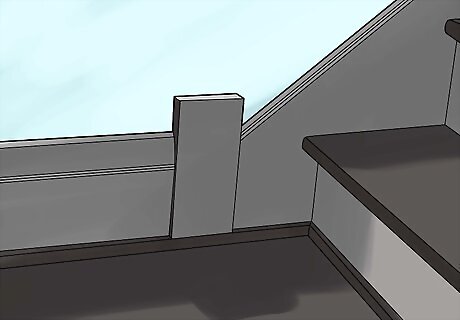
Check for a square block on molding joints at staircase landings, where moldings meet at odd angles. While framing members were pre-cut, some of the moldings and baseboard trim were not pre-cut (due to variances in plaster thickness). To simplify construction, Sears homes often have a block at the point where complex joints meet. This probably made construction much easier for the novice home builder.

Look for stamped lumber on the exposed beams/joists/rafters in the basement, crawl space or attic. The lumber was marked on the tall side of the lumber and can be found two - ten inches from the end of the framing member. If you can't access attics or basements, you might be able to see marked lumber by opening up the bathtub's plumbing access door. However, not all Sears Homes had marked lumber!
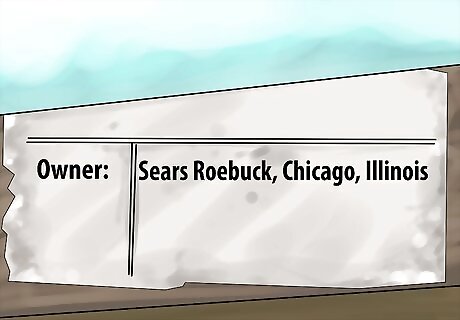
Look for shipping labels. Shipping labels can be found on the back of millwork and mouldings; these labels can also be found in various places in the basement, such as under a staircase. On the shipping label, you might see an address, such as "925 Homan Avenue, Chicago, Illinois." This was Sears headquarters in the early 1900s. Or, it might read, "Sears Roebuck, Chicago, Illinois." Also look for stamps or marks, showing that the millwork was shipped from Norwood Sash and Door (Ohio), which was a supplier of Sears millwork.

Visit the courthouse and inspect old building permits and grantor records. From 1911 to 1933, Sears offered home mortgages. Check grantor records from 1915 - 1940. Sears stopped offering mortgages in 1933, but when a mortgage was paid in full, the mortgage was released, so you're going to look for that document, too. Another thing to look for is original building permits. Some locales retain these aged documents. On the building permit, one line should state, "architect's name." This is where the name "Sears Roebuck" may appear.

Inspect plumbing fixtures for marks, such as "R" or "SR". Plumbing, electrical and heating equipment was not included in the basic kit home but could be purchased separately. This enabled customers to choose "good, better or best" quality. From the late 1920s to 1940, Sears plumbing fixtures sometimes were stamped with an "R" or "SR." On pedestal sinks (bathroom) and kitchen sinks, the mark is on the underside, near the front. On bathtubs, it can be found in the lower corner, on the side furthest from the tub spout.

Look for markings on back of sheetrock. Another clue suggesting that you may have a Sears Home is the presence of Goodwall Sheet Plaster (sheetrock). Each 4' by 4' sheet bore the stamp "Goodwall" on the backside.















Comments
0 comment